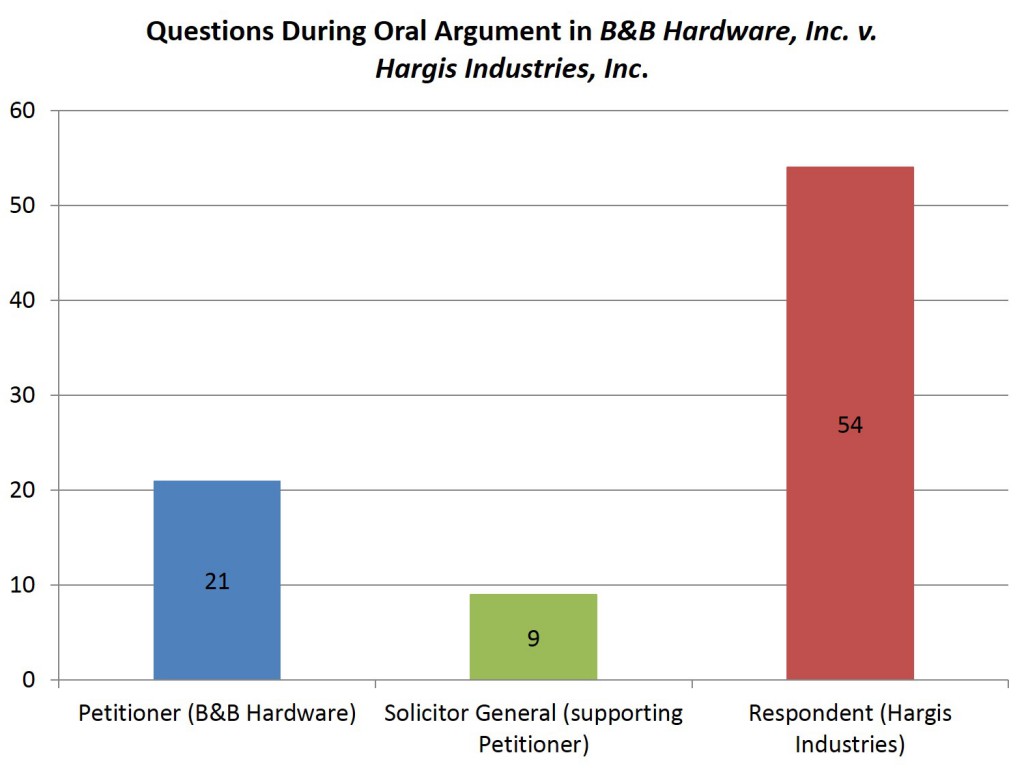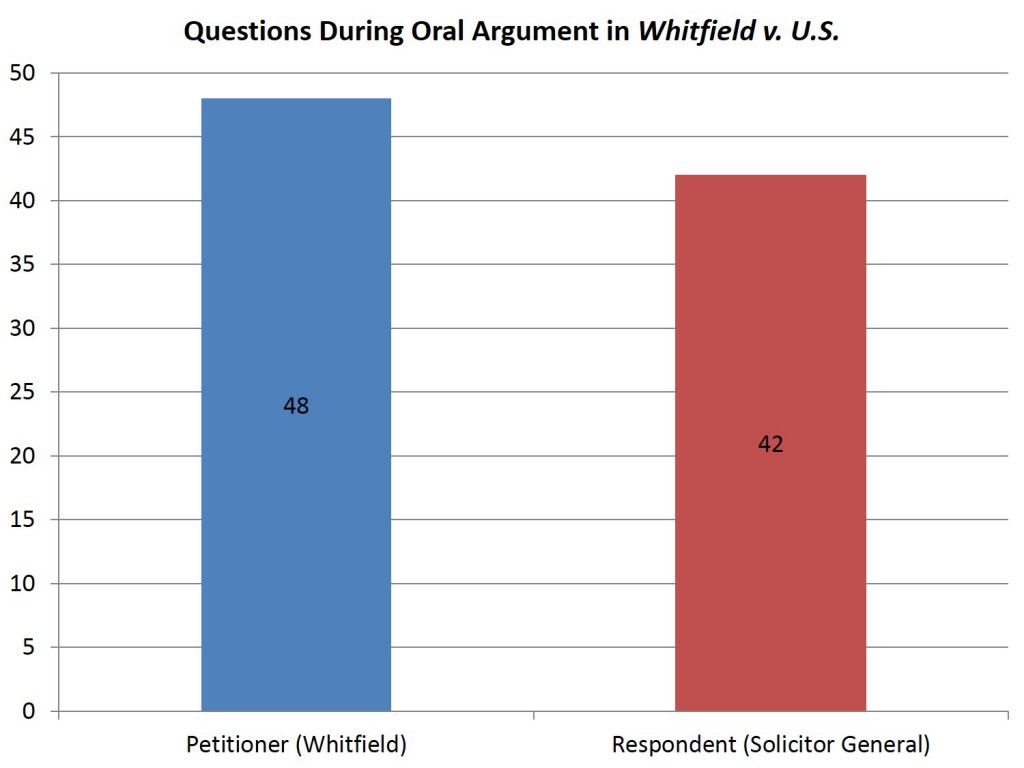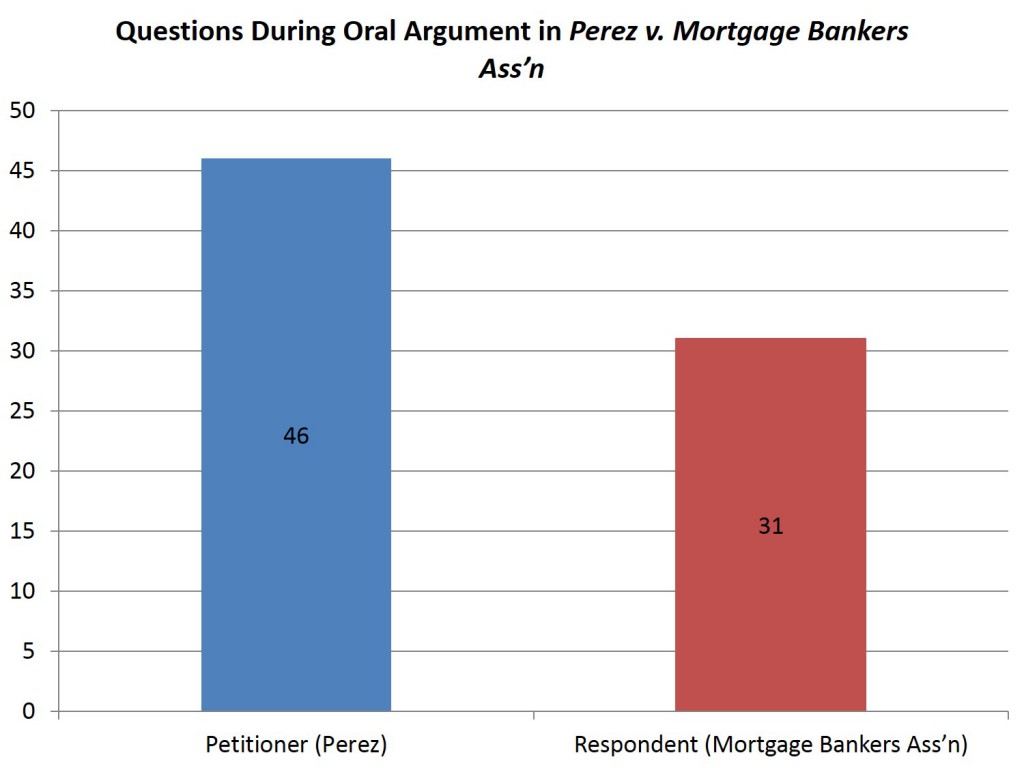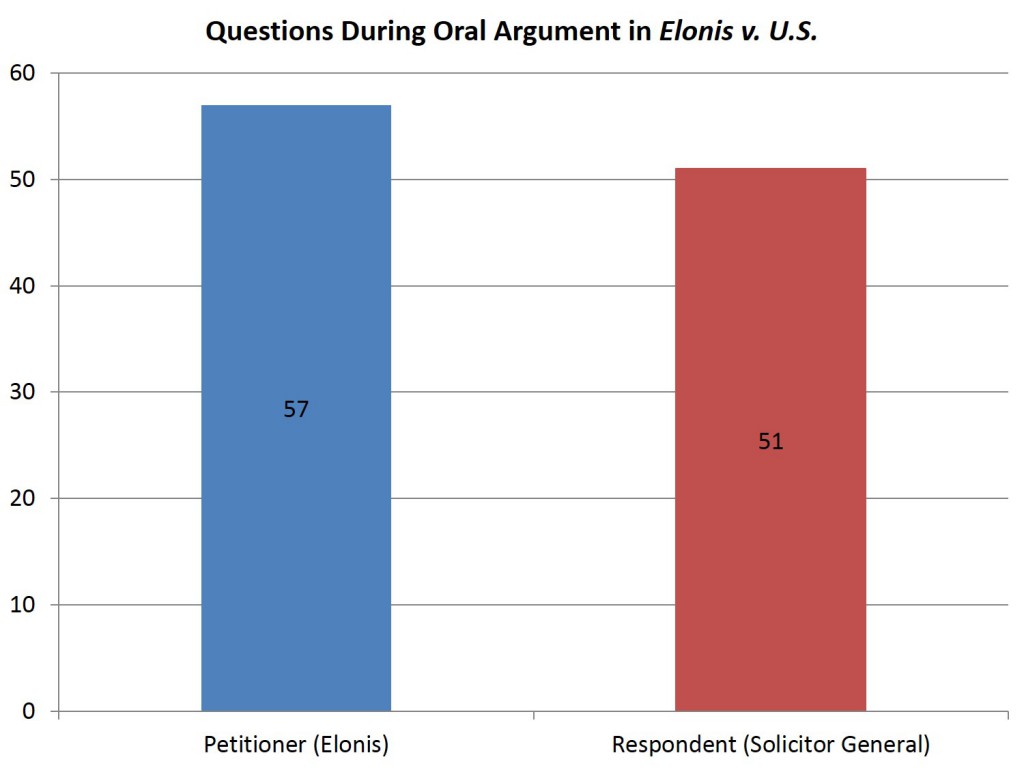Audio from the fascinating oral argument in last week’s case involving a challenge to Alabama’s redistricting is now available on Oyez. Although Alabama Legislative Black Caucus v. Alabama revolves around some particularly tangled legal twists and turns, one can get a pretty good grasp of the key issues with a brief dip into the oral argument.
Here are the basics: The case involves a challenge to a redistricting plan Alabama’s Republican-controlled legislature passed in 2012. In response to the demographic shifts revealed by the 2010 census, Alabama redrew its voting district lines to more evenly balance the population of each district, as required by the Supreme Court’s one person-one vote requirement. (The Court first defined this requirement in the seminal 1964 case of Reynolds v. Sims, which also happened to involve districting practices in Alabama.) In modifying district lines, Alabama replicated, with considerable precision, the percentages of African American voters in districts with African American majorities from the last redistricting. These districts had been designed, through past districting plans, to ensure that blacks have the ability to elect representatives of their choice. The architects of Alabama’s redistricting plan claim that the Voting Rights Act of 1965 required them to take this approach of preserving black voting percentages.
Challengers to Alabama’s latest redistricting effort claim that this approach relies on race above all other factors in drawing district lines, which the Court has held to be unconstitutional. Contrary to Alabama’s assertions, they argue that the careful maintenance of black voting percentages was not required by the Voting Rights Act. They warn that as a result of this unconstitutional redistricting plan, minority voters were “packed” into certain districts, their overall voting power diluted, and the possibility of cross-racial political coalitions diminished.
Here are some of the highlights from a lively oral argument at the Supreme Court:
(When the running transcript is added to the Oyez audio, I will add links to audio clips of the relevant sections of the oral argument. For now, I just identify where these sections can be found.)
The Q Word
Richard Pildes, attorney for the challengers to the districting plan, opened his argument by attacking Alabama as dealing in “rigid racial quotas.” In its cases involving affirmative action, the Court has long held that government-imposed racial quotas are unconstitutional, even when they are intended to benefit racial minorities. By framing the districting issue as an effort to impose quotas, Pildes was attempting to draw on the concern the Court has shown about precise racial percentages in its affirmative action jurisprudence.
Justice Alito called Pildes out on his choice of terminology. He noted that the attorney “criticiz[ed] Alabama for supposedly imposing quotas. But listening to your argument, it sounds to me that you are just as interested in quotas. You’re just interested in lower quotas.” Pildes backed down a bit, noting that “we don’t have to use the word,” that “there’s a lot of rhetorical and inflammatory power in the word,” and explaining that he really had meant to use the term “racial targets.” (This last claim is a touch curious. After all, not only did he use the word in the first sentence of his argument, but he then used it again a few sentences later.) Pildes stayed away from the word after this exchange.
Alito’s chastisement of Pildes for his use of the word “quota” can be found at 8:22 in the audio.
Searching for the Sweet Spot
The Scylla and Charybdis of the case were the requirements of the Voting Rights Act and those of the Equal Protection Clause. Alabama argued that their primary concern in preserving the racial percentages of minority-majority districts from the last redistricting stemmed from its fear of falling out of compliance with the requirements of Section 5 of the Voting Rights Act, which require states to protect the ability of minority populations to elect representatives of their own choosing. Yet by taking race into account in this way, Alabama risks running afoul of the Supreme Court’s equal protection doctrine, which has held that race may not be the predominant factor in redistricting.
Chief Justice Roberts in particular seemed concerned that these potentially conflicting legal constraints put Alabama in something of bind. The state had to “hit this sweet spot between … two extremes.” On the one hand, they have to “move enough [voters] so that the minorities have an opportunity to elect candidates of their choice”; on the other hand, they cannot move “too many because that would be [unconstitutional racial] packing.” The challengers to the districting plan argue that Alabama’s fear of violating the Voting Rights Act was based on a misreading of the law, that in fact the Justice Department did not block redistricting plans simply because the percentages of minority voters in minority-majority districts dipped. The Chief Justice was unconvinced: “I think that if Alabama had reduced the number of minority voters in majority-minority districts in any significant way, the Attorney General would have come down on them like a ton of bricks.”
Chief Justice Roberts discussing the “sweet spot” problem can be found beginning at 1:00.
An “Evil Day” on the Horizon?
Finally, it is worth mentioning a subtext that lurked through much of the oral argument, hinting at a potential future legal transformation of epic proportions. This is, simply put, the possibility that the heart of the Voting Rights Act might itself be vulnerable to constitutional challenge. The current Court of course has already started the project of significantly cutting back on the Voting Rights Act through its 2013 decision in the Shelby County case. But there were hints of an even more fundamental constitutional challenge to the Voting Rights Act, one that would find the essential race-conscious provisions of the law—such as protecting majority-minority voting districts—as themselves violations of the equal protection principles.
Not surprisingly, it was Justice Scalia who seemed most interested in going down this path. It is much the same path he called for in his concurrence in Ricci v. DeStefano, where he noted that the tension between his reading of the constitutional equal protection requirement and the race-conscious requirements of Title VII of the Civil Rights Act of 1964 may require resolution in the near future. By avoiding directly tackling this issue, the Court was just putting off “the evil day on which the Court will have to confront the question: Whether, or to what extent, are the disparate-impact provisions of Title VII of the Civil Rights Act of 1964 consistent with the Constitution’s guarantee of equal protection?” Justice Scalia’s line of questioning in Alabama Legislative Black Caucus indicates that perhaps he hopes for a similar “evil” day for the Voting Rights Act. “Don’t you have to use race to comply with Section 5 [of the Voting Rights Act]?” he asked Alabama’s lawyer. “Is there any way to comply with Section 5 without using race?” The answer, of course, was no. The implications of this fact remain to be seen. This particular case would seem an awkward vehicle for such a frontal assault on the Voting Rights Act. But it may prove to be a stepping stone in this direction.
Justice Scalia’s comments can be found at 60:16 in the audio on Oyez.




